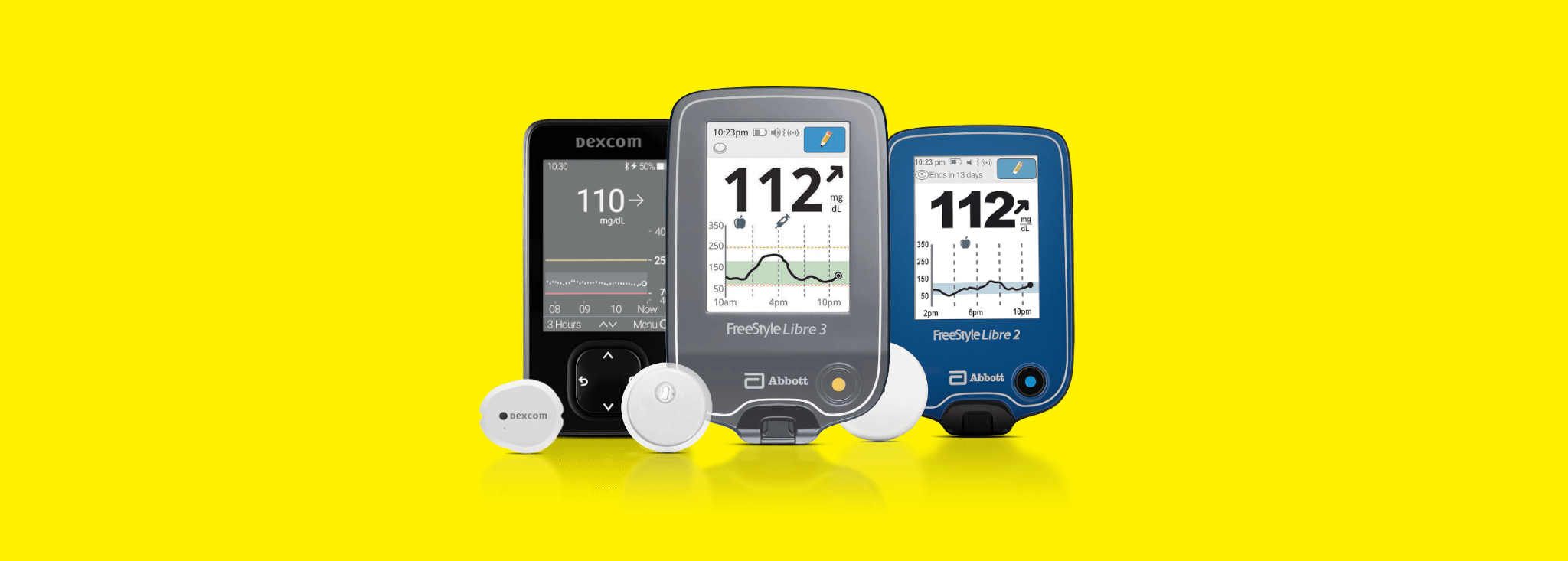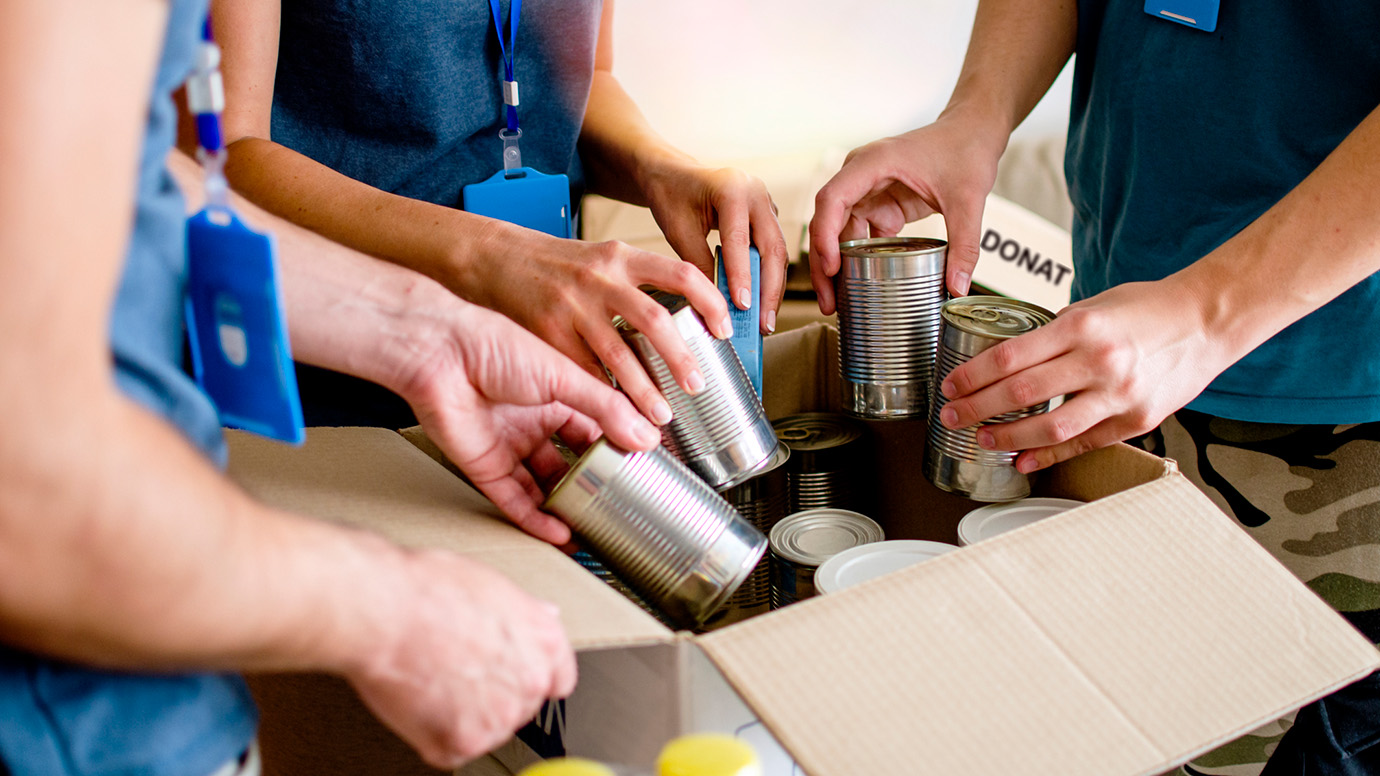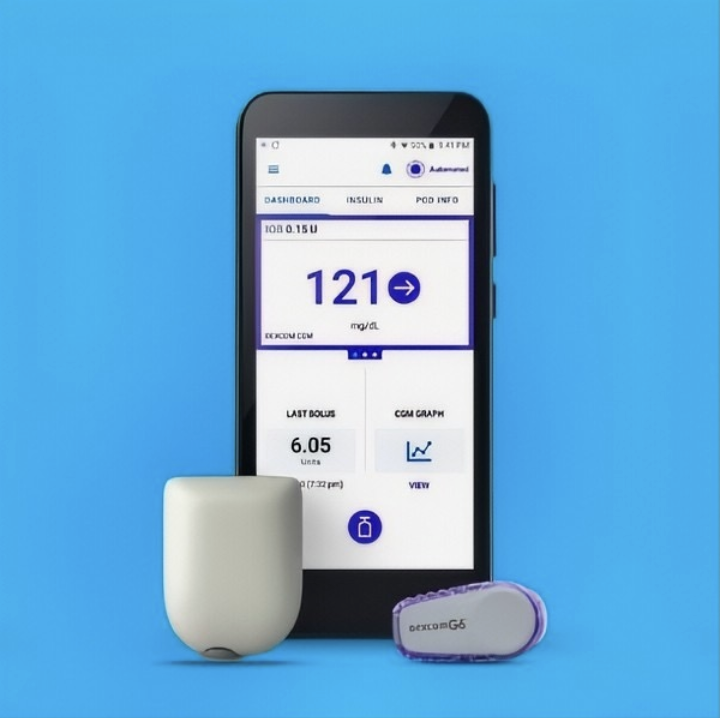How to Interpret Your CGM Data
Written by: Christine Fallabel
2 minute read
November 21, 2023
Editor’s note: This guide is meant as a recommendation, not medical advice. CGM data should be reviewed with a provider before making any changes to medications.
Continuous glucose monitoring (CGM) are small devices worn on the skin that many people with type 2 diabetes (T2D) are using instead of manual blood sugar testing with a blood glucose meter (BGM).
To truly benefit, it’s important to understand the data CGMs provide.
Here’s a quick guide to help!
Trend Arrows
Trend arrows show not just your blood sugar but also where it’s headed and how fast.
- Straight arrow: Blood sugar is steady or changing slowly—great work!
- Up arrow: Your blood sugar is rising. An arrow pointing up-and-right means it’s rising slowly. A straight-up arrow indicates it’s climbing quickly.
- Down arrow: Blood sugar is dropping. Down-and-right means it’s falling slowly, while straight down signals a faster drop. Double down arrows mean a rapid fall of over 3 mg/dL per minute. Treat low sugar levels fast to avoid danger.
If there’s no arrow, it means the CGM can’t calculate changes yet.
Patterns
CGMs also detect patterns! For example, the Freestyle LibreLink App creates daily and weekly reports to help manage diabetes better. A graph might show a blood sugar spike daily at 9 a.m., prompting a closer look at breakfast or morning medications.
The Freestyle Libre CGM provides 1,440 readings a day. To generate patterns, the system needs at least five days of data. Patterns help you adjust food, medication, or exercise to prevent highs and lows.
Time in range
Time in range (TIR) is a key metric for diabetes management. While A1C shows averages, it can hide highs and lows. TIR reveals how much of your day is spent in your target range—usually 70-180 mg/dL (3.9–10.0 mmol/L), though your doctor may adjust it.
The Freestyle LibreLink App tracks time in range as time in target (shown in image) and creates daily and weekly reports.
Experts recommend a TIR of at least 50% with less than 5% of low blood sugar.
Some simple ways to help improve your TIR include:
- Staying hydrated
- Eating balanced meals
- Exercising daily
- Sleeping 7-9 hours a night
- Bolusing before meals if using insulin
- Managing stress with mindfulness or yoga
Discuss your data
Always review CGM data with your doctor.
They can help adjust your treatment plan based on trends. Avoid over-analyzing spikes or dips on your own, as this can lead to anxiety or diabetes burnout.
Remember, numbers don’t define your worth!
CGM technology isn’t a cure-all
While CGMs are vital, they’re just one tool. Pair them with healthy habits like regular exercise, balanced meals, enough sleep, and stress management. Together, these steps make living with T2D easier.
CGMs empower you to make better choices for your health. By interpreting the data, you can take charge and improve your diabetes management every day.
This content was made possible by Abbott, a Founding Partner of Beyond Type 1. Beyond Type 1 maintains editorial control over its content.
Related Resources

Managing diabetes means keeping your glucose in a healthy time in range. Continuous glucose monitors...
Read more

Managing diabetes can be challenging, but new technology can help. This tip sheet highlights how...
Read more

Continuous glucose monitors (CGMs) can be lifesavers for people with diabetes, helping them track blood...
Read more


